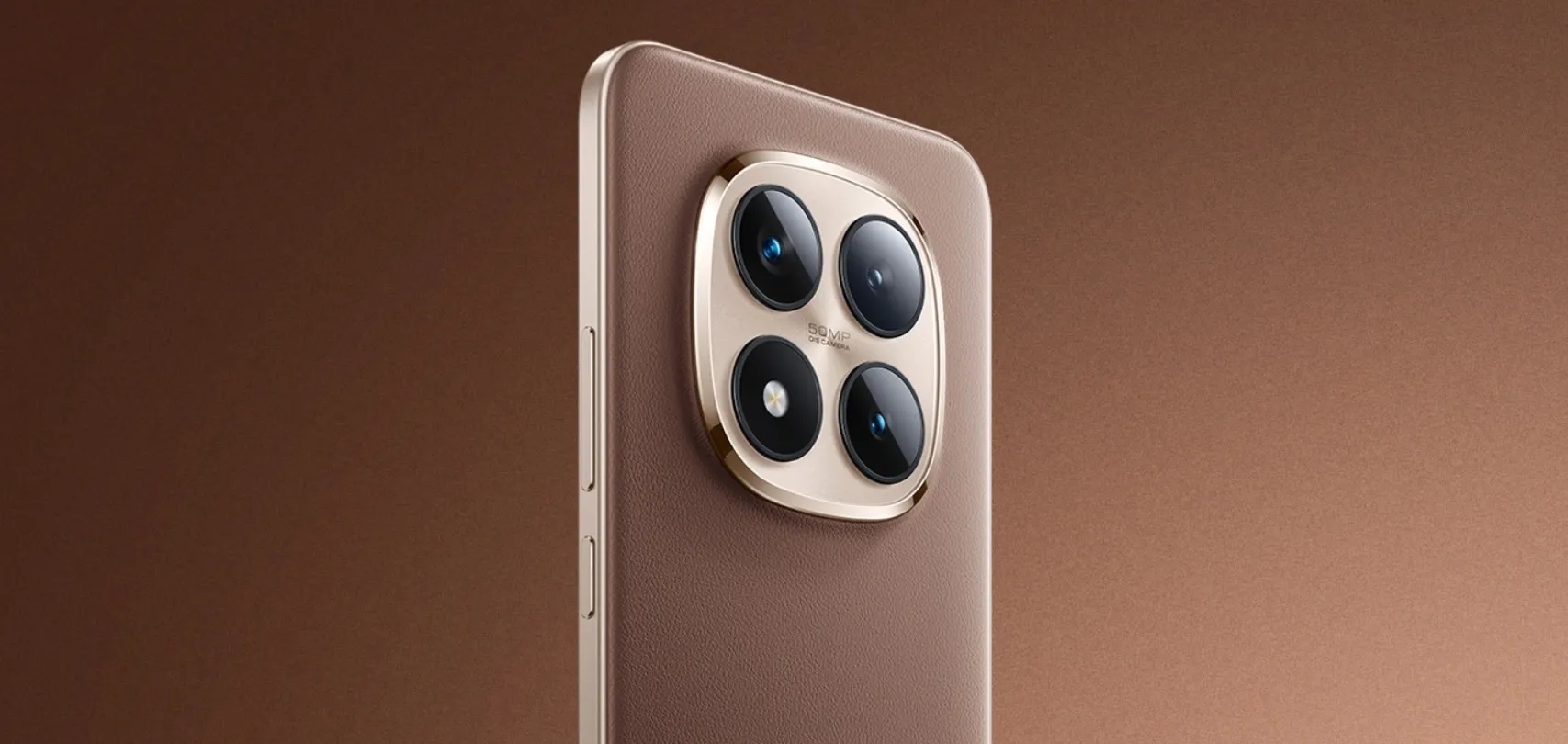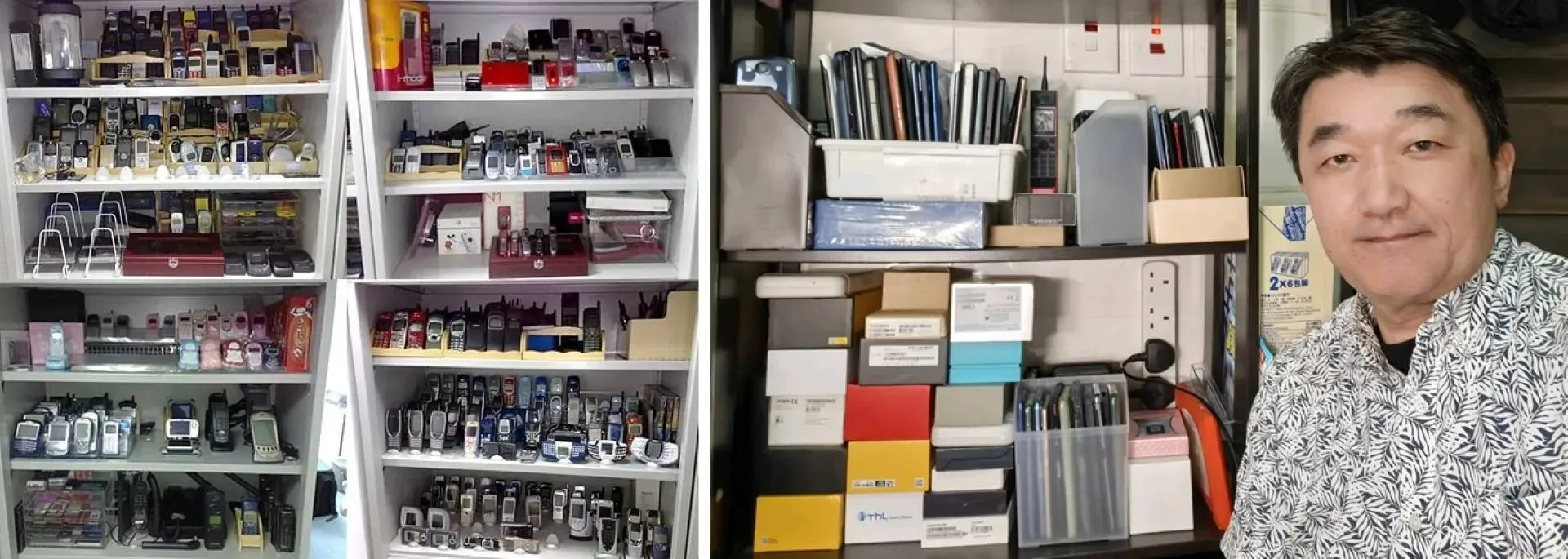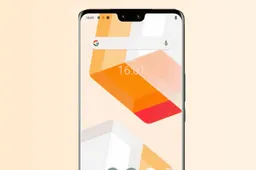iPhone 14 Pro To Sport 48MP Camera, Periscope Lens Coming With iPhone 15
AppleTuesday, 21 December 2021 at 14:33
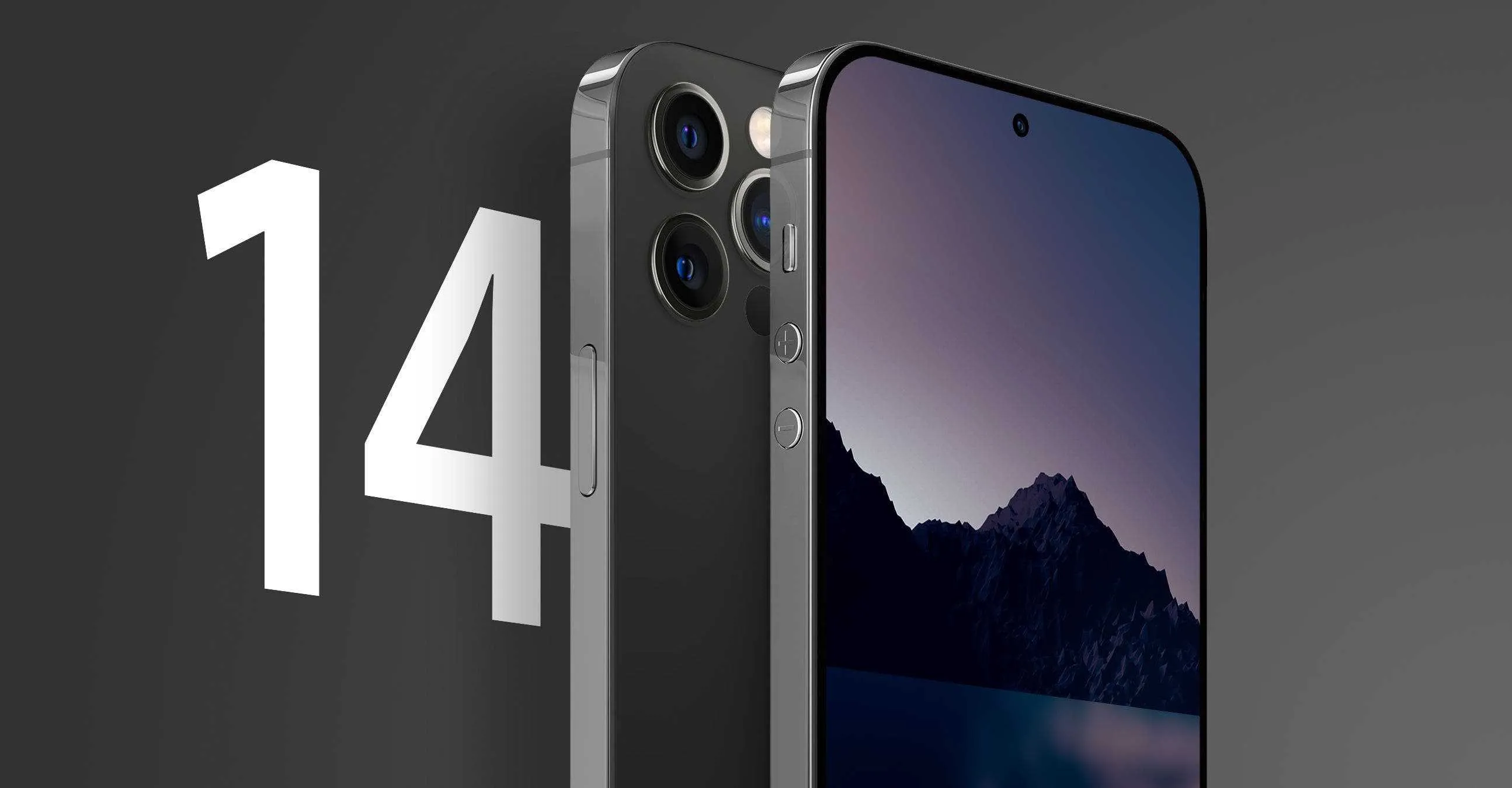
Ming-Chi Kuo always reveals information that becomes reality in the future. Well, almost always. But what he said recently seems will turn into reality for sure. As he proves, the Cupertino-based company is going to add a 48-megapixel camera lens to the iPhone next year. Moreover, in 2023, the iPhone series will get a periscope lens.
According to the tipster, after these camera upgrades, the Taiwanese manufacturer Largan Precision, which is one of the closest partners of Apple, will have a market share increase. This will lead to more revenue and profit.
iPhone 14 and iPhone 15
Though Ming-Chi Kuo hasn’t provided more details, prior to this, he said that the 48MP camera will be exclusive for the iPhone 14 Pro models. Moreover, this camera will allow users to shoot 8K videos. As a reference, the current models are capable of recording only 4K videos. We know that Apple has serious plans concerning the AR and VR fields. So these high-resolution 8K videos ought to be suitable for viewing on Apple's AR/VR headset. The latter is scheduled to come next year.
Apart from this info, Kuo also said that the iPhone 14 Pro models might support both 48-megapixel and 12-megapixel output. As you know, this technology is widely used by other smartphone makers. It is known as pixel binning. The pixel binning technology will allow iPhone 14 Pro phones to shoot 48-megapixel photos in bright conditions and 12-megapixel photos in low-light conditions.
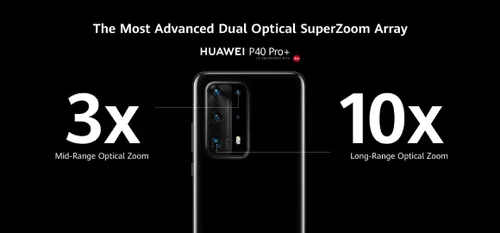
For instance, the Huawei P40 Pro+ comes with a periscope lens that supports up to 10x optical zoom. At the same time, the current iPhone 13 Pro models are limited to 3x optical zoom. By the way, many new flagships will come with periscope lenses as well: OnePlus 10 Pro with a 10x zoom support, Redmi K50 Pro+ with a 108MP camera and a periscope zoom, etc.
How Periscope Lens Works
In the future, at least one iPhone 15 model will come with a periscope lens according to Kuo. As you know, periscope lenses are mainly used for increasing optical zoom. The latter is not only a marketing gimmick but also one of the favorite features of mobile photographers. One of the clearest explanations of how the periscope lens works was provided by MacRumors. It reads: in general, the technology uses a prism or mirror to refract light onto the lens sensor for magnification purposes, with the mechanics of the lens built into the inside of the smartphone instead of the outside like a traditional zoom lens for a DSLR.
Popular News
Latest News
Loading

